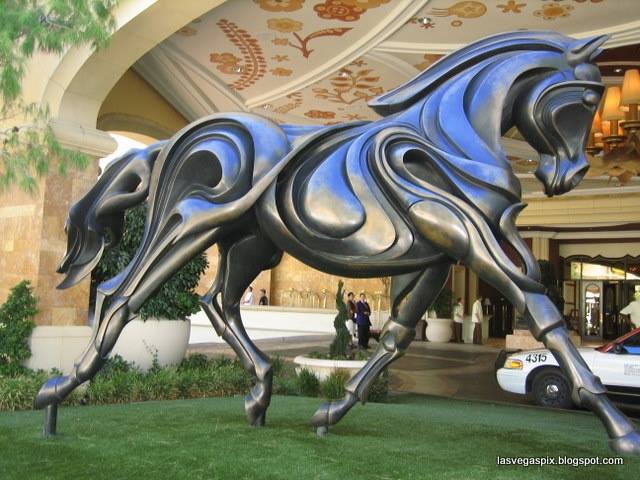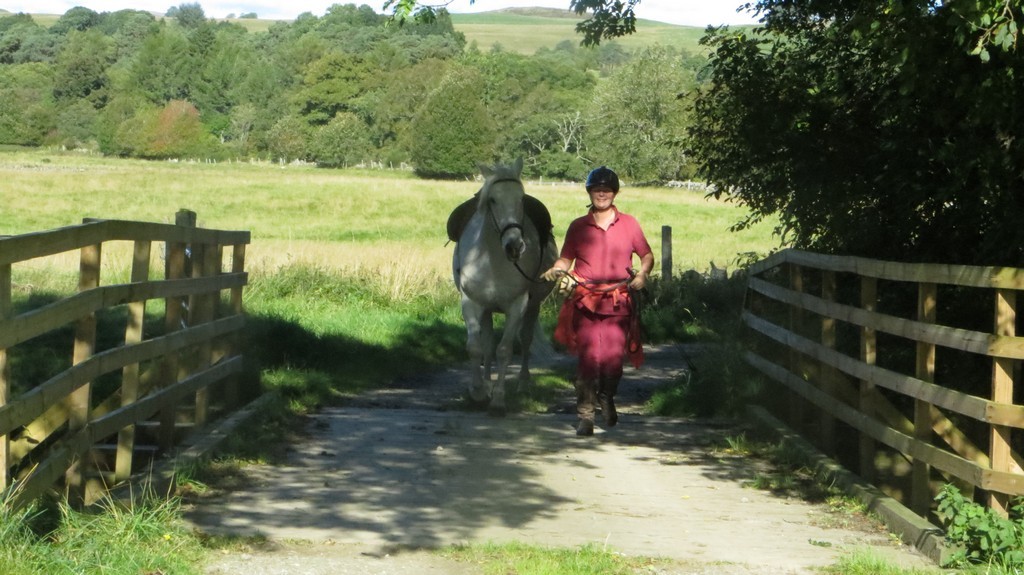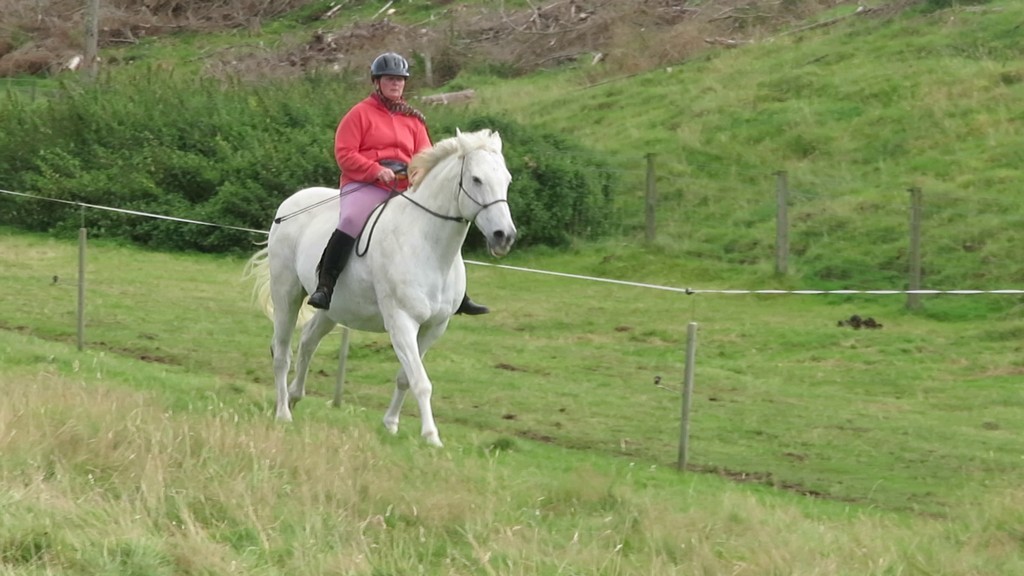 We hear a LOT about ‘collection’, being ‘on the bit’ and ‘engagement’. What exactly is this and how do we find it?
We hear a LOT about ‘collection’, being ‘on the bit’ and ‘engagement’. What exactly is this and how do we find it?
The picture above is a sculpture of a horse in ‘self-engagement’. It clearly shows how the whole horse is lifted up, balanced, light and engaged. Engaged from the back hooves, up through the body which lifts the belly and ribs and lightens the forehand and neck which automatically brings the upper neck and head towards the chest with the poll highest.
Look at the fabulously smooth line from the hocks to the ears over the horses back…beautiful. The symmetry of the trotting diagonal legs, they’re matching in line and energy and finally the high poll of the head and the proud headset.
SO…how do we attain this with a bridle?
Well for me I work with ground work first, helping the horse to become more symmetrical left and right, lateral flexions, and once they have the balance with that then I work on asking for longitudinal flexion, long and low to find relaxation across the top of the spine, through natural horsemanship techniques.
With the balance working left and right and then with a relaxed low head, which helps to stretch the back and neck and build good musculature there, it is THEN that I start to ask for that relaxation with energy from the hindquarters to help create the powerful ‘engaged’ feel and look of the horse you see in the picture.
It can take quite some time for a horse to be fit, muscles with relaxation do not happen overnight, it’s asking the horse to ‘body build’, to have a strong, flexible core and to be able to hold that posture for longer and longer. To be able to find this core strength is great and once done well on the ground then we can work on the same principles and training techniques when riding. The horse gets a stronger body with fit muscles which helps them to carry our weight well.
Putting ourselves on the horses back changes the balance of the horse so working on techniques that allow the horse to then find the energy and power from his hindquarters through to the poll over his back when ridden is hard, the reins really have nothing to do with it. The reins, when working correctly, are used to help refine the cues and are taken up when they become slack due to the horses head NATURALLY becoming higher, lighter and proud. Pulling the horses head in through the bridle/reins is an incorrect way of finding ‘engagement’…it is merely a ‘headset’ created by the hands. Engagement is created through the horses core strength, fitness and balance through working from back to front, hindquarters to poll. Every horse knows naturally how to do this when they play or show off with other horses. They often don’t do it for long unless a stallion so to achieve this for us to ride is an art not just one technique..
Our training should help fitten the horse through the ground work, to help them find self-carriage so that they are relaxed, flexible and able to carry us. For us to then ride ‘quietly’ and get out of the horses way so that he can do just that when being ridden is how ‘engagement’ occurs.
In addition to all of this, WE need to be fit enough through core strength and self-carriage to be able to ride such a wonderfully fit and healthy horse.




